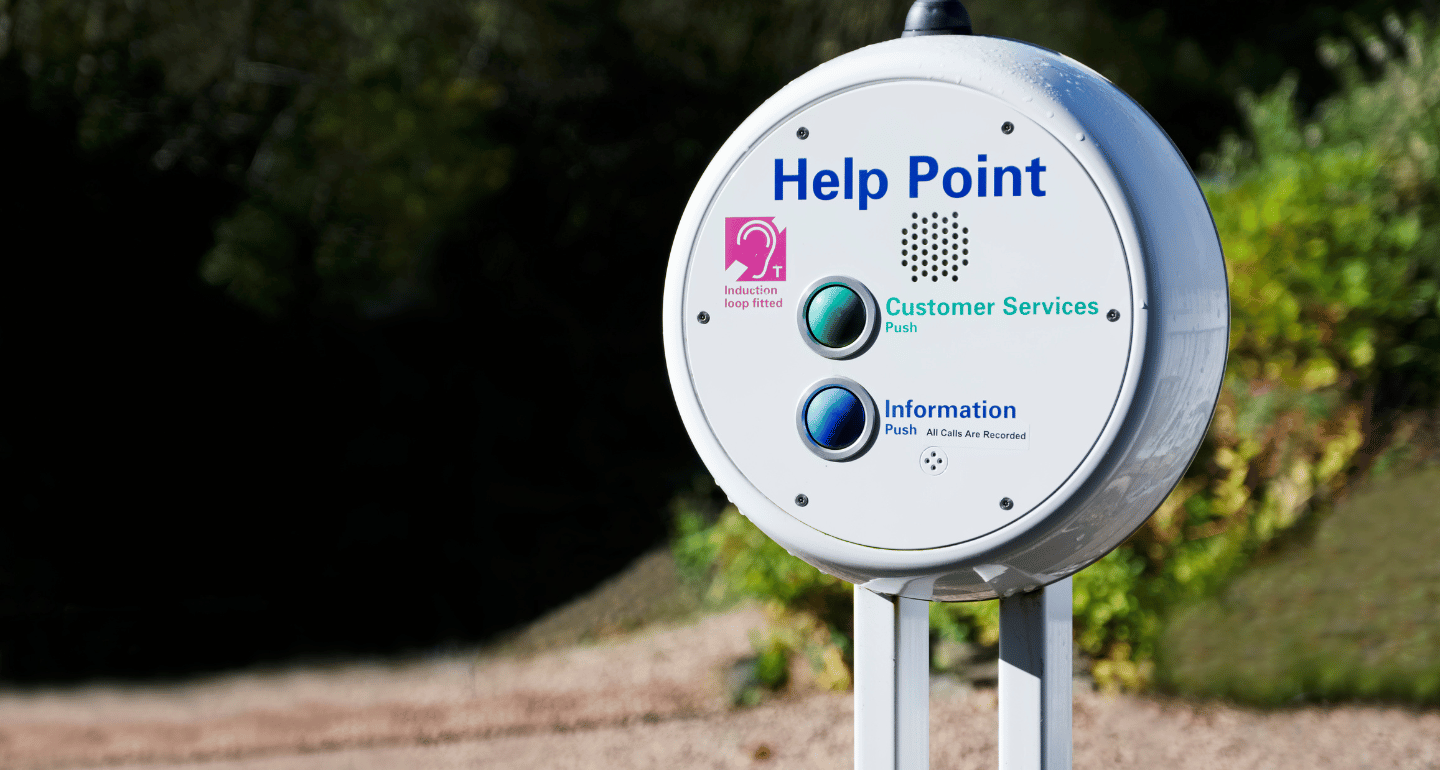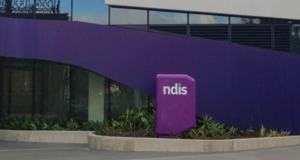How hearing loops transform public spaces
Taking part in social and cultural activities can be challenging for individuals with hearing loss without appropriate facilities and accommodations. However, thanks to innovative technology such as hearing loops, Australia has made significant strides in enhancing accessibility for those with hearing impairments.
What are Hearing Loops?
A hearing loop, also known as an induction loop or an audio induction loop system, is a wireless assistive listening system designed to transmit sound directly to hearing aids and cochlear implants.
It consists of a microphone or audio source, an amplifier, and a loop of wire installed around a designated area. The loop wire emits an electromagnetic signal picked up by the telecoil (T-coil) feature in many hearing aids and cochlear implants.
Hearing loops are a game changer
Installing hearing loops across various public spaces in Australia has revolutionised how individuals with hearing loss experience everyday activities. Here are some key advantages of hearing loops:
- Improved speech clarity: Hearing loops deliver sound directly to hearing aids, bypassing background noise and echo. This results in clearer, more intelligible sound for individuals with hearing loss, enhancing their ability to understand speech in noisy environments like auditoriums, conference halls, places of worship, and public transportation systems.
- Better social inclusion: Hearing loops promote social inclusion by removing communication barriers. Individuals with hearing loss can actively participate in group discussions, public presentations, and social gatherings, fostering connections with others and reducing feelings of isolation.
- Convenience and privacy: Unlike conventional assistive listening devices, hearing loops are seamless and discreet. Users can activate the T-coil setting on their hearing aids, eliminating the need for additional equipment. This preserves privacy and allows individuals to seamlessly engage in conversations without drawing attention.
- Cost-effective solution: Once installed, hearing loops require minimal ongoing maintenance and incur no additional costs for individuals utilising compatible hearing aids. This makes them a cost-effective long-term solution for public venues seeking to provide inclusive services.
Adoption in Australia’s public spaces
Hearing loops have emerged as a game-changing technology, empowering individuals with hearing loss to engage more fully in social, cultural, and public activities across Australia.
Australia has been at the forefront of implementing hearing loops to ensure accessibility for individuals with hearing loss. Government agencies, healthcare facilities, educational institutions, and cultural venues have been actively installing hearing loop systems nationwide. Major airports, train stations, museums, theatres, and even some public taxis are now equipped with hearing loops, enabling seamless communication for people with hearing impairments.
Public awareness and support for hearing loops
To raise public awareness and support for hearing loops, organisations such as Hearing Loop Australia (HLA) have been instrumental in advocating for their implementation. HLA provides information, resources, and guidance to businesses and venues interested in installing hearing loops.
The future of hearing loops
While Australia has made significant progress in implementing hearing loops, there is still work to be done. Continued collaboration between government entities, audiology professionals, and venue operators is essential to ensure that all public spaces, including shopping centres, public offices, and sports stadiums, become fully inclusive for individuals with hearing loss.




